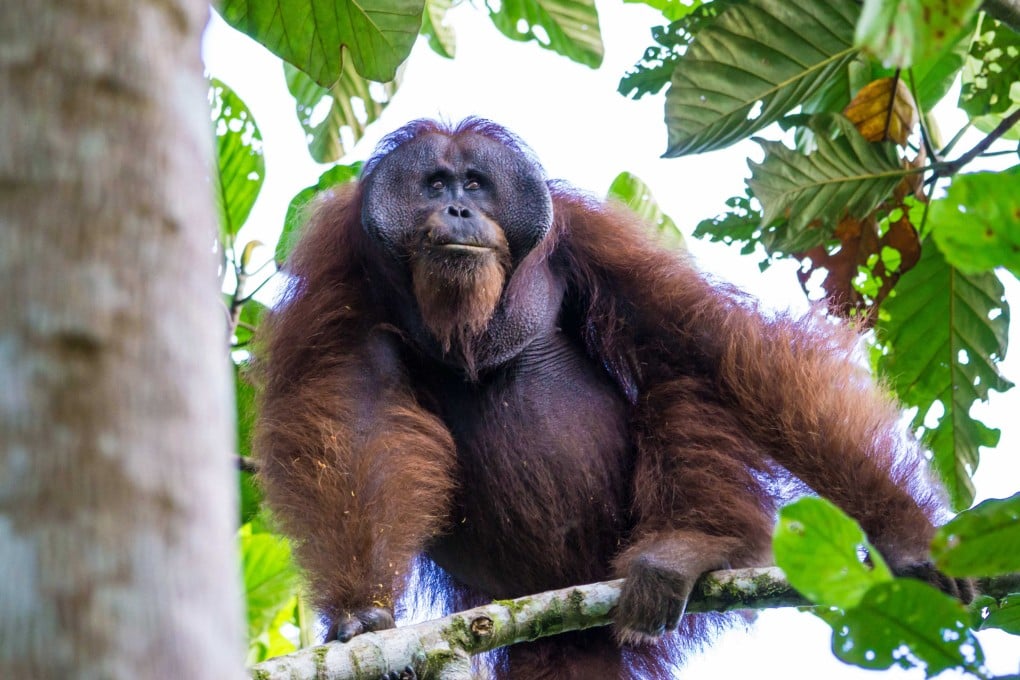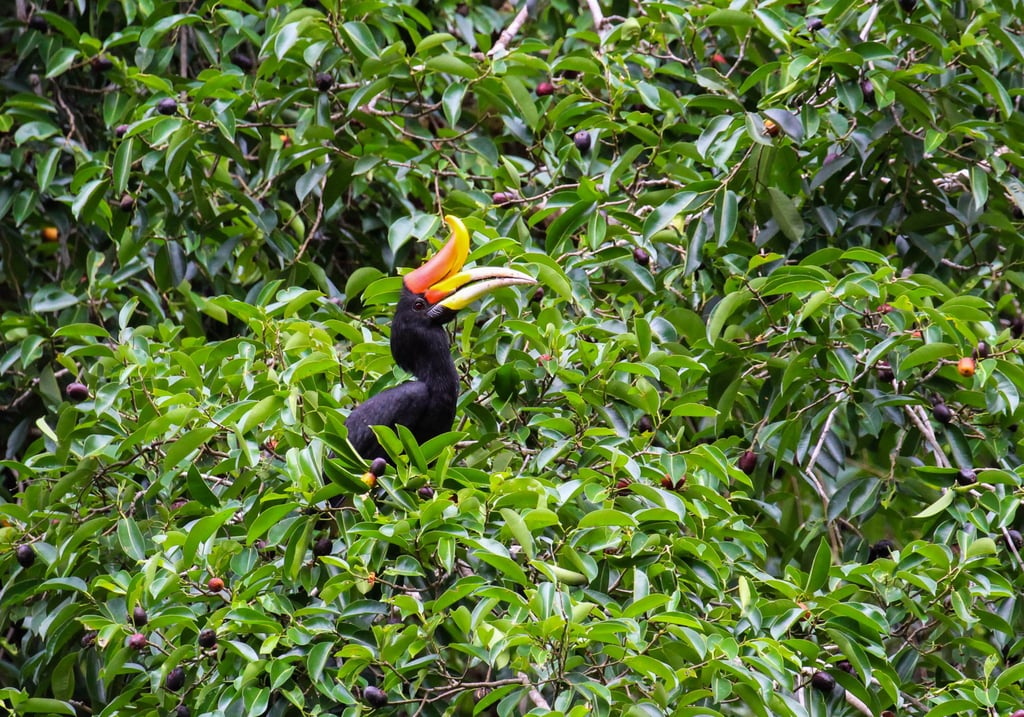How planting fig trees could make Sabah, in Malaysian Borneo, Asia’s top wildlife tourism destination and help restore its forests
- Unlike an African safari, wildlife tourism in Borneo requires a jungle trek – and luck. But there’s a way to draw animals: plant the fig trees that they feed on
- Fig planting around resorts would bring the animals to the tourists, while planting fig tree ‘corridors’ would let animals reach pockets of jungle, experts say

The first time I saw a wild orangutan in Sabah, Malaysian Borneo, I was cruising on the crocodile-filled Kinabatangan river looking for proboscis monkeys. I was lucky, even though the ape was high up in the forest canopy and all that could be discerned was a maroon spot hovering against a wall of foliage.
I had a closer encounter with Borneo’s endemic primate in the highly protected Danum Valley Conservation Area, but for that I had to hire a local guide with an eagle eye and deep knowledge, wake up at the crack of dawn and sweat along dark jungle paths for a couple of hours.
“Wildlife viewing in Africa, India and South America normally involve drives across grassy plains where large groups of animals congregate to graze,” says naturalist Quentin Phillipps. “Many lodges have waterholes and salt licks in front of their verandas so that at night, all the animals come to drink in front of the lodge. But until now, wildlife tourism in Borneo has been completely different.”
Phillipps, author of the seminal Field Guide to the Birds of Borneo (2012) and Field Guide to the Mammals of Borneo and Their Ecology (2016), says that the nature of the dense forests on Asia’s largest island, which is shared by Malaysia, Indonesia and Brunei, means wildlife such as orangutans, gibbons and hornbills stay hidden in the canopy.

Jungle spotting is very hard work for local guides and uncomfortable for most tourists, who have to get hot and dehydrated, and be bitten by mosquitoes and leeches before seeing the few creatures that do expose themselves.
The only exception, says Phillipps, is when a big fig tree is fruiting. “You just wait by the fig tree and all the hornbills, primates, civets and squirrels come to you,” he says. All of Borneo’s wildlife, from orangutans to proboscis monkeys, bats, herons, fish eagles, macaques and elephants feast on the fruit of the ficus tree.